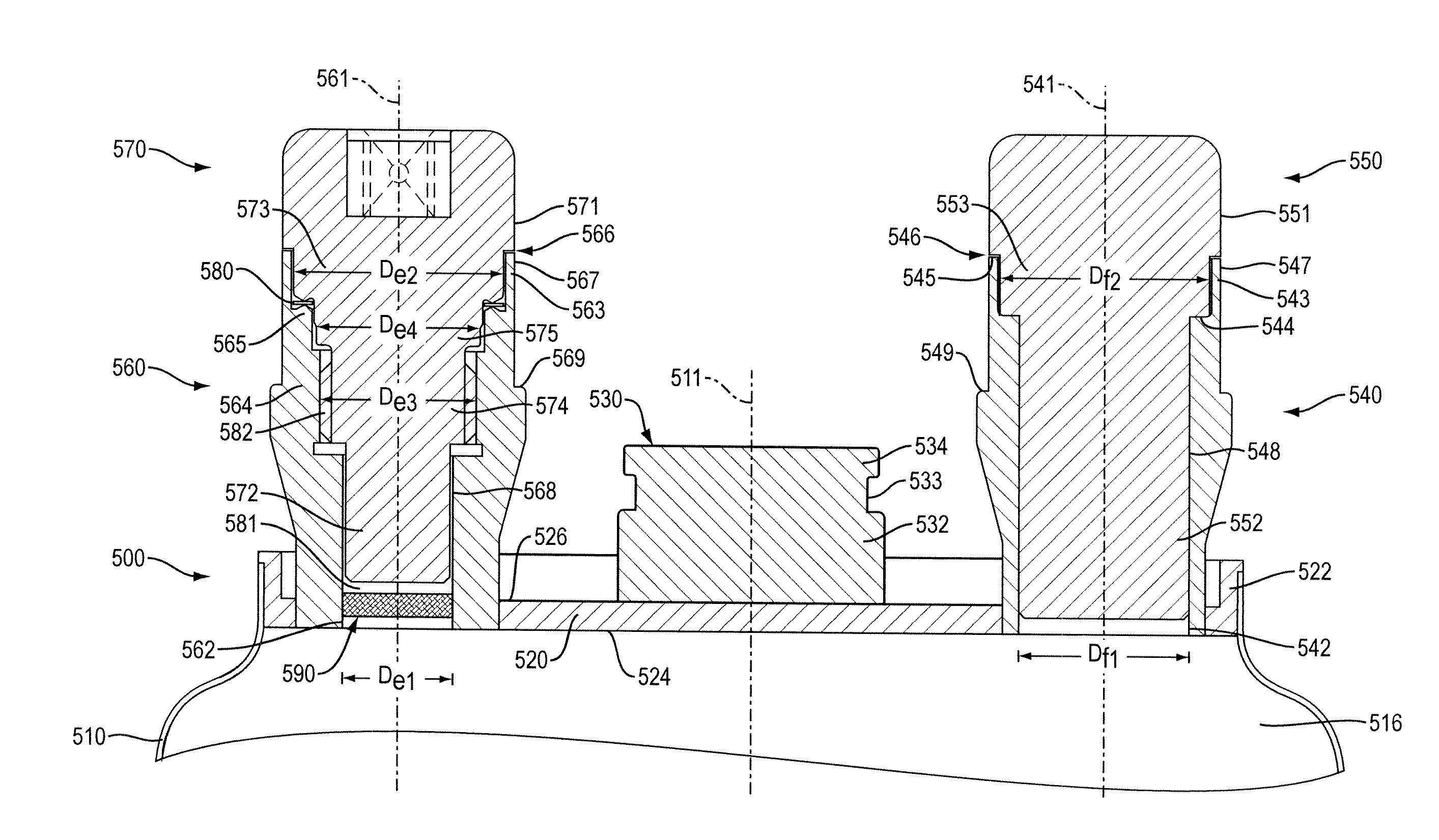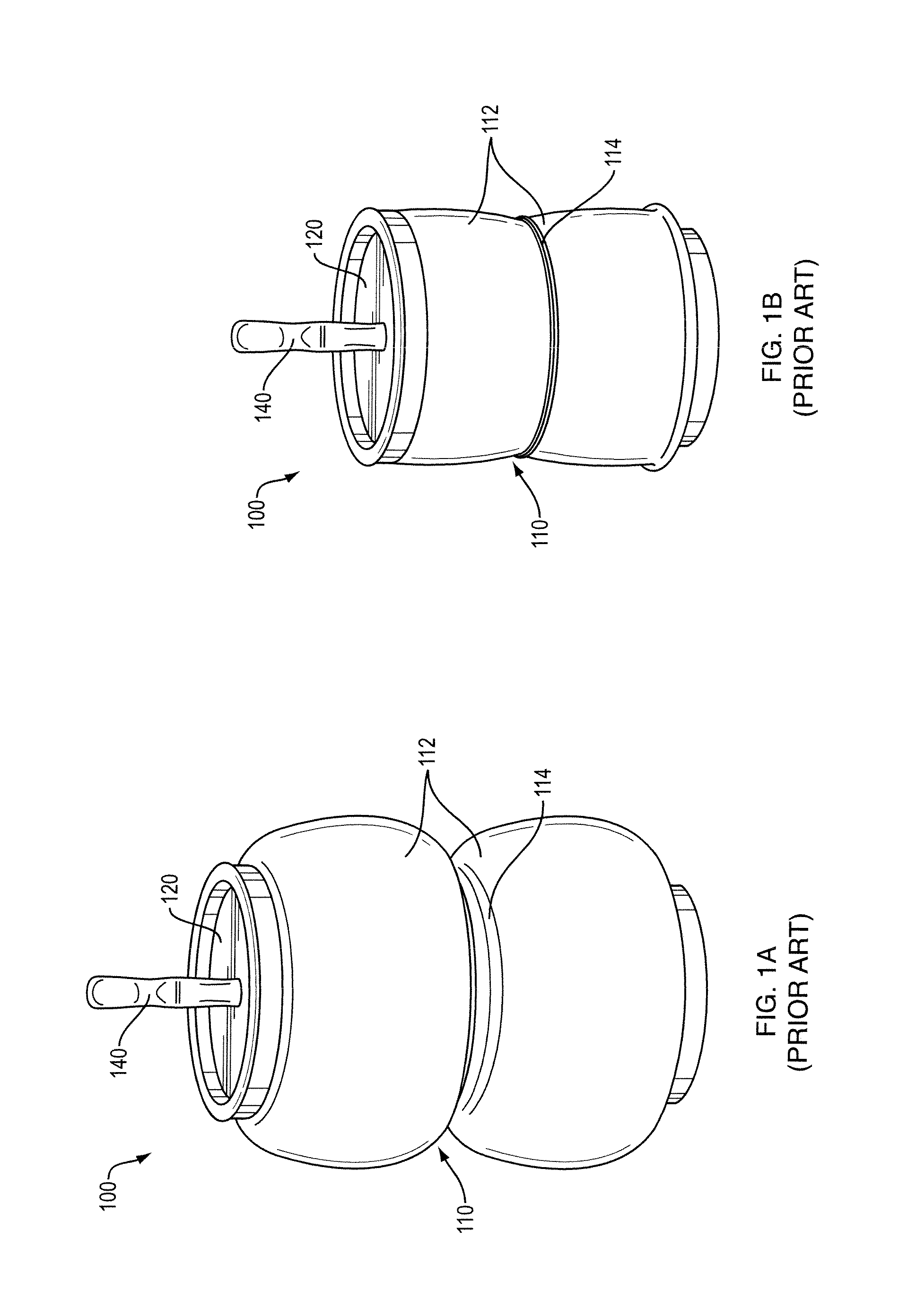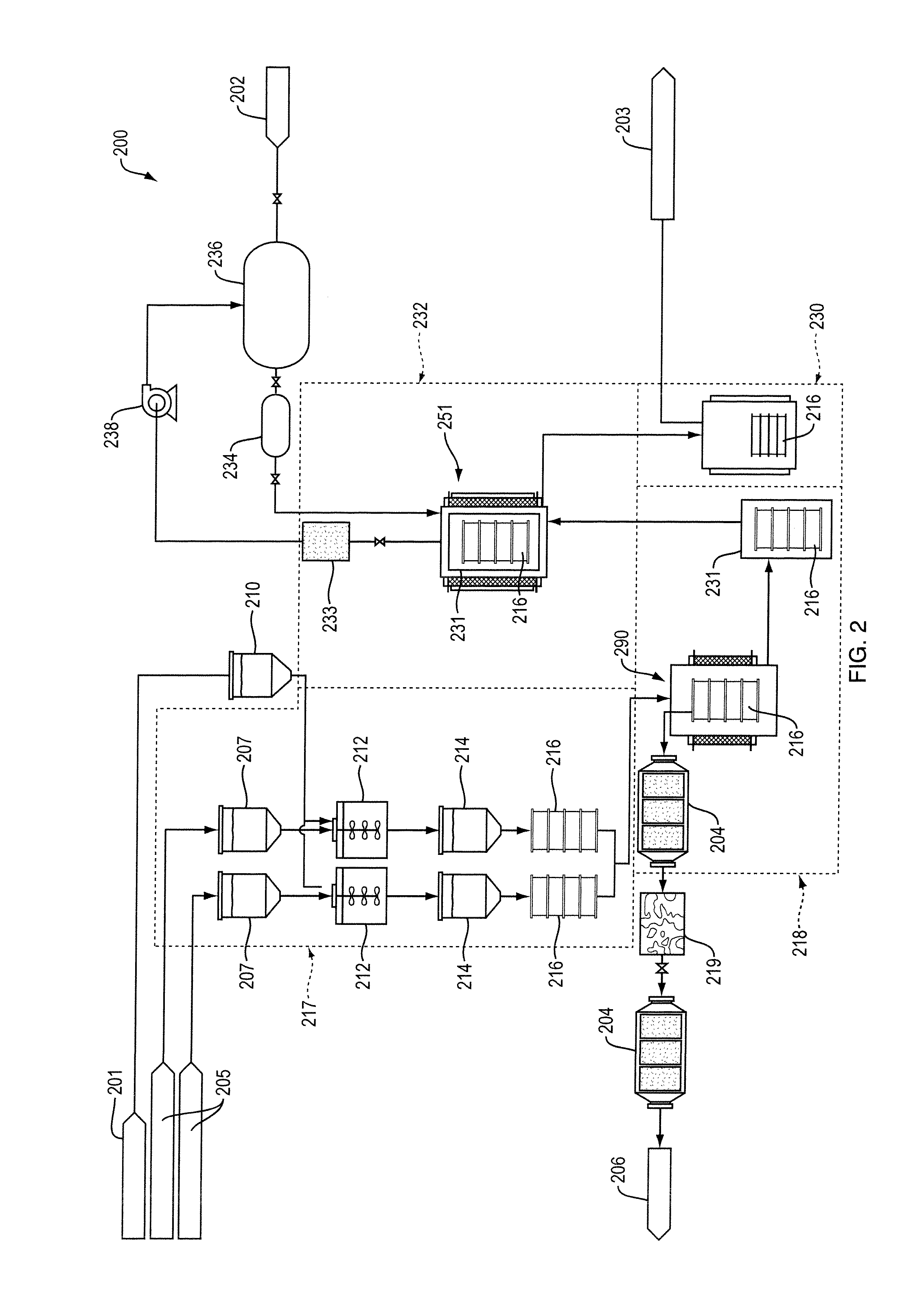Filling Container and Method For Storing Hazardous Waste Material
a technology for hazardous waste and containers, applied in the field of system, methods and containers for storing hazardous waste materials, can solve the problems of prior art systems not being able to effectively confine and control the unnecessary spread of hazardous waste contamination to the surrounding areas
- Summary
- Abstract
- Description
- Claims
- Application Information
AI Technical Summary
Benefits of technology
Problems solved by technology
Method used
Image
Examples
Embodiment Construction
[0047]Reference will now be made in detail to the various embodiments of the present disclosure, examples of which are illustrated in the accompanying drawings FIGS. 2-17. Wherever possible, the same reference numbers will be used throughout the drawings to refer to the same or like parts.
[0048]Nuclear waste, such as radioactive calcined material, can be immobilized in a container that allows the waste to be safely transported in a process known as hot isostatic pressing (HIP). In general, this process involves combining the waste material in particulate or powdered form with certain minerals and subjecting the mixture to high temperature and high pressure to cause compaction of the material.
[0049]In some instances, the HIP process produces a glass-ceramic waste form that contains several natural minerals that together incorporate into their crystal structures nearly all of the elements present in HLW calcined material. The main minerals in the glass-ceramic can include, for example...
PUM
 Login to View More
Login to View More Abstract
Description
Claims
Application Information
 Login to View More
Login to View More - R&D
- Intellectual Property
- Life Sciences
- Materials
- Tech Scout
- Unparalleled Data Quality
- Higher Quality Content
- 60% Fewer Hallucinations
Browse by: Latest US Patents, China's latest patents, Technical Efficacy Thesaurus, Application Domain, Technology Topic, Popular Technical Reports.
© 2025 PatSnap. All rights reserved.Legal|Privacy policy|Modern Slavery Act Transparency Statement|Sitemap|About US| Contact US: help@patsnap.com



